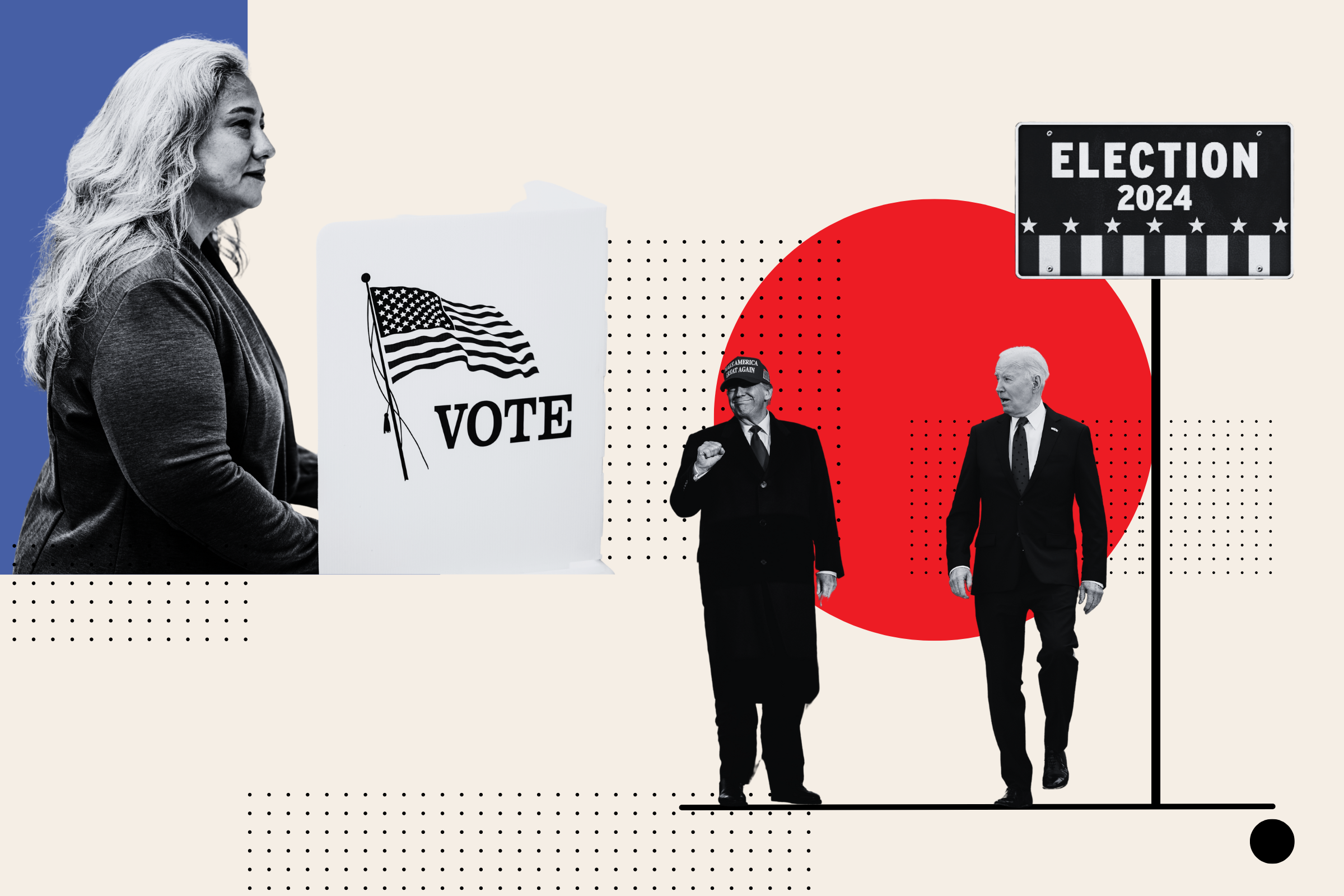
Turkey or beef? It's a question you might ask yourself on any given day while ordering a burger, or during Thanksgiving when thousands of turkeys are cooking across the country. It may be a health decision, or one informed by the knowledge that beef production releases a potent greenhouse gas, methane, which is emitted from cow manure and cow belches.
But research suggests that cutting beef or all types of meat products from your diet as a way to reduce your carbon footprint may be an oversimplified approach to a complex issue.
"A lot of times we try to vilify one animal product over another," Robin White, an assistant professor of animal and poultry sciences at Virginia Institute of Technology, told Newsweek. "There's a place for meat in the diet, just like there's a place for meat in the food production system."
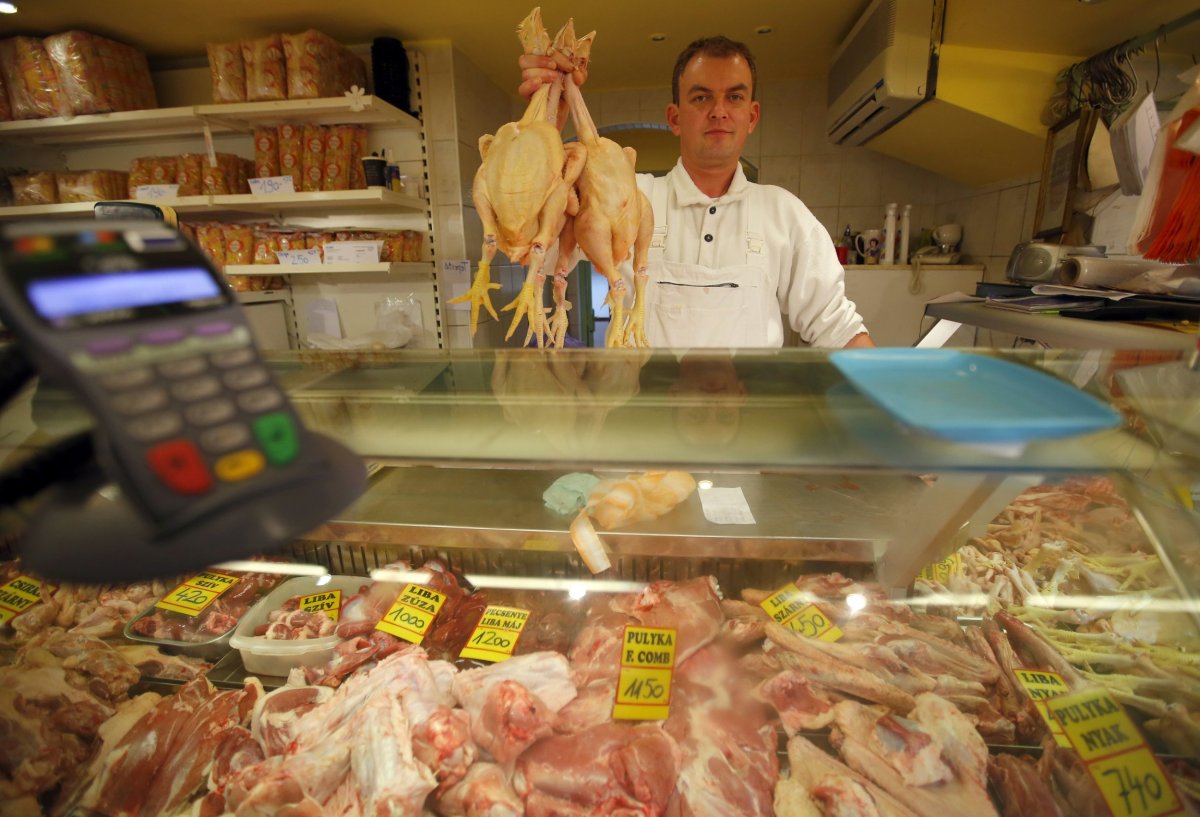
For each serving of beef, there are nearly seven pounds of carbon dioxide equivalents, while one serving of poultry has just over one pound of carbon dioxide equivalents, according to University of Michigan's Center for Sustainable Systems. A carbon dioxide equivalent is a measurement that includes various greenhouse gases, but accounts for their different global warming potential.
The carbon footprint of turkeys in the U.S. is less clear since poultry data often lumps together all birds. One study in the United Kingdom found that turkey had between 9,000 and 11,000 pounds of carbon dioxide equivalents per 2,200 pounds of live weight—but how that might translate per serving of turkey in the U.S. is difficult to assess. Country-to-country, emissions from different animals vary.
White published a study in September 2017 that modeled the impacts of removing all animals from U.S. agriculture, and the findings showed that agricultural greenhouse gas emissions would be reduced by 28 percent, but the overall change in total U.S. emissions would only decline by 2.6 percent. This is because leaving animals out of the food supply would require an increase in crops to replace meat in the country's diet, as well as the production of synthesized fertilizer to replace manure. Nutritional deficiencies in people were also a consequence in the simulation.
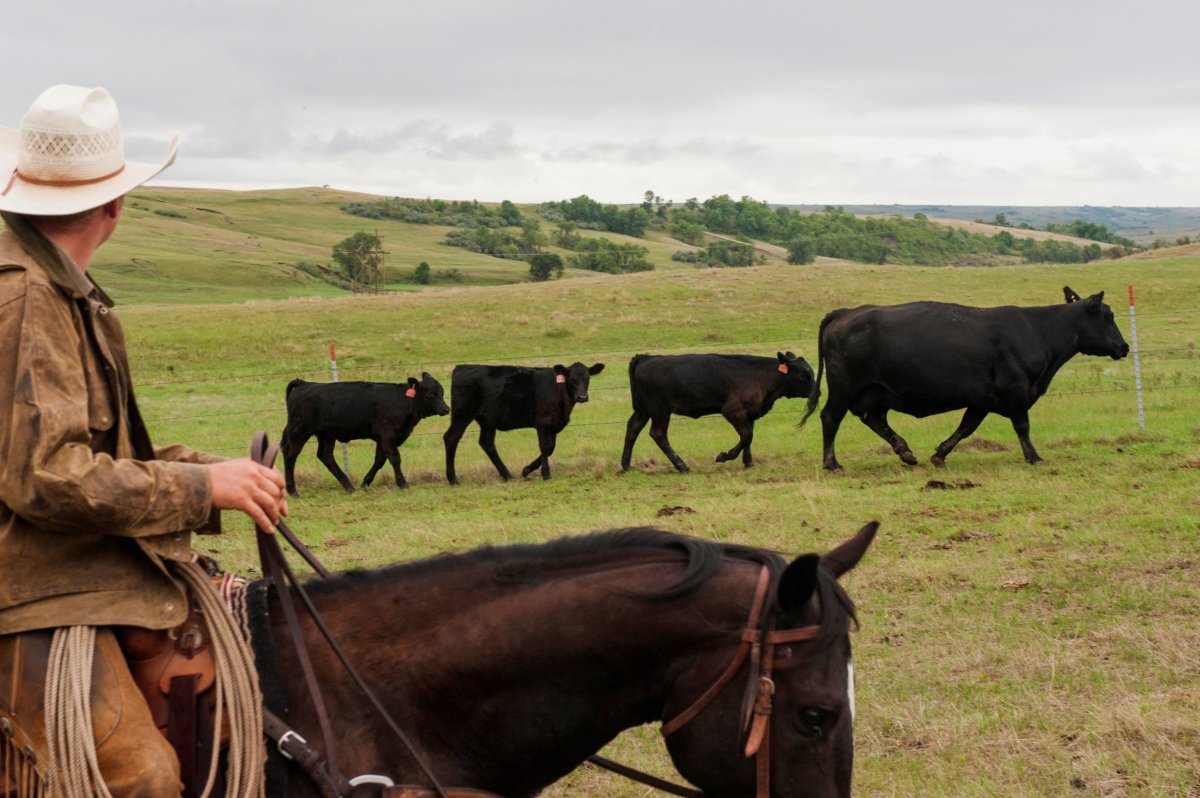
Cows, White said, have a higher carbon footprint than poultry, but their manure is used to fertilize crops, they feed on pastures that human food cannot grow on, and their feed doesn't compete with human food in the way that poultry's feed does. (Humans can eat grains, which are also consumed by poultry).
"Cows provide a really unique harvesting system," White said. They can graze on mountain slopes, where machinery for food crops can't work and also break down grass and alfalfa in their stomachs in ways people cannot. The cattle essentially upcycle foods that cannot be eaten by people and convert it into nutrient-rich foods like meat and dairy.
"The point we're trying to make with this is it's about balance," she said. "The world is never black and white."
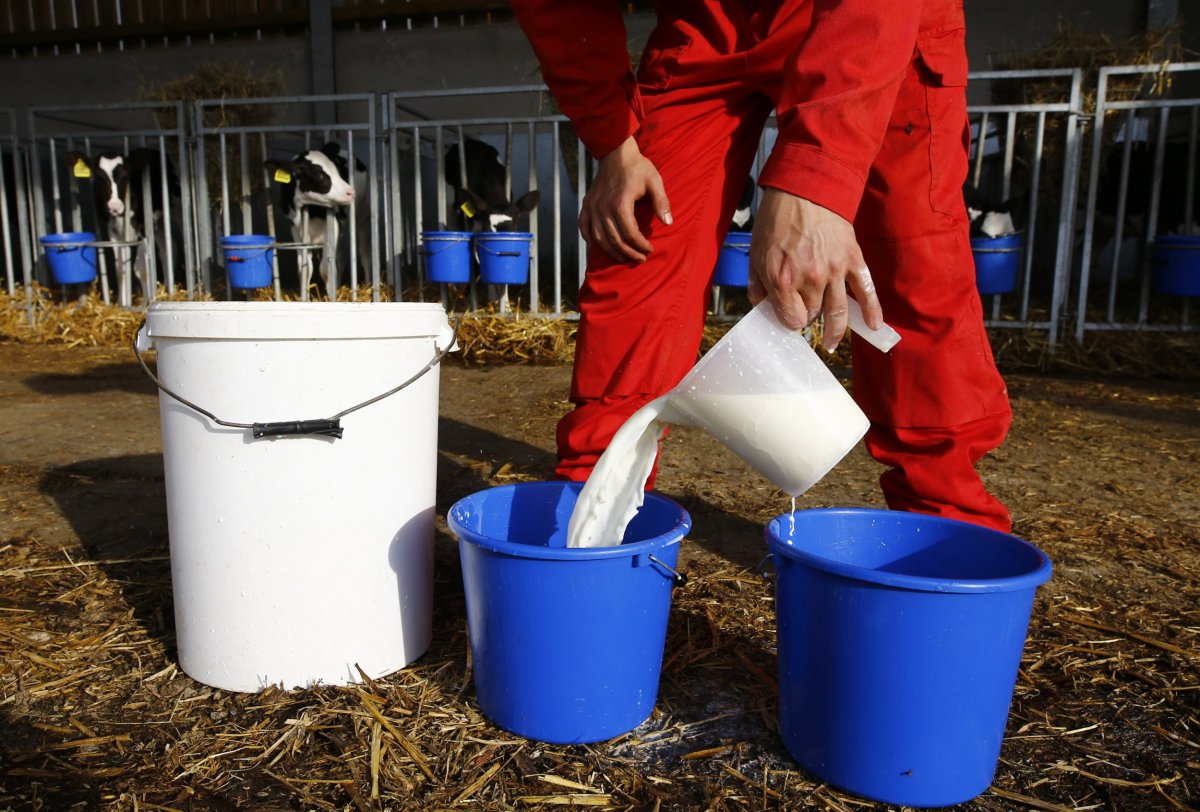
Scientists are constantly figuring out ways to enhance food systems and recycle byproducts back into other parts of the food system. A recent study found that turkey poop could be used as biofuel. And a 2015 study found that the carbon in soil could be restored more quickly than previously thought through a farming technique that required dairy cattle to graze on croplands in the off-season.
Frank M. Mitloehner, professor at the animal science department at the University of California, Davis, points out that cattle production has improved immensely over the past few decades. In 1944, the U.S. had 25.6 million dairy cows. By 2007, there were 9.2 million dairy cows that produced over 60 percent more milk than just over 60 years prior, according to a study published in the Journal of Animal Sciences.
"That means the carbon footprint of a gallon of milk in the United States has shrunk by two-thirds over the last 60 years," Mitloehner, who is also a member and 2013 chair of the Livestock Environmental Assessment and Performance Partnership at the United Nations, told Newsweek.
Mitloehner cites a second paper from Journal of Animal Sciences that found 10.6 billion kilograms of beef were produced from 38.7 million animals in 1977. By 2007, 11.9 billion kilograms of beef were produced from 33.7 million animals. Essentially, more beef was produced from fewer animals.
"We can share that knowledge with the rest of the world," Mitloehner said, arguing that transferring efficiencies achieved in the U.S. is one solution.
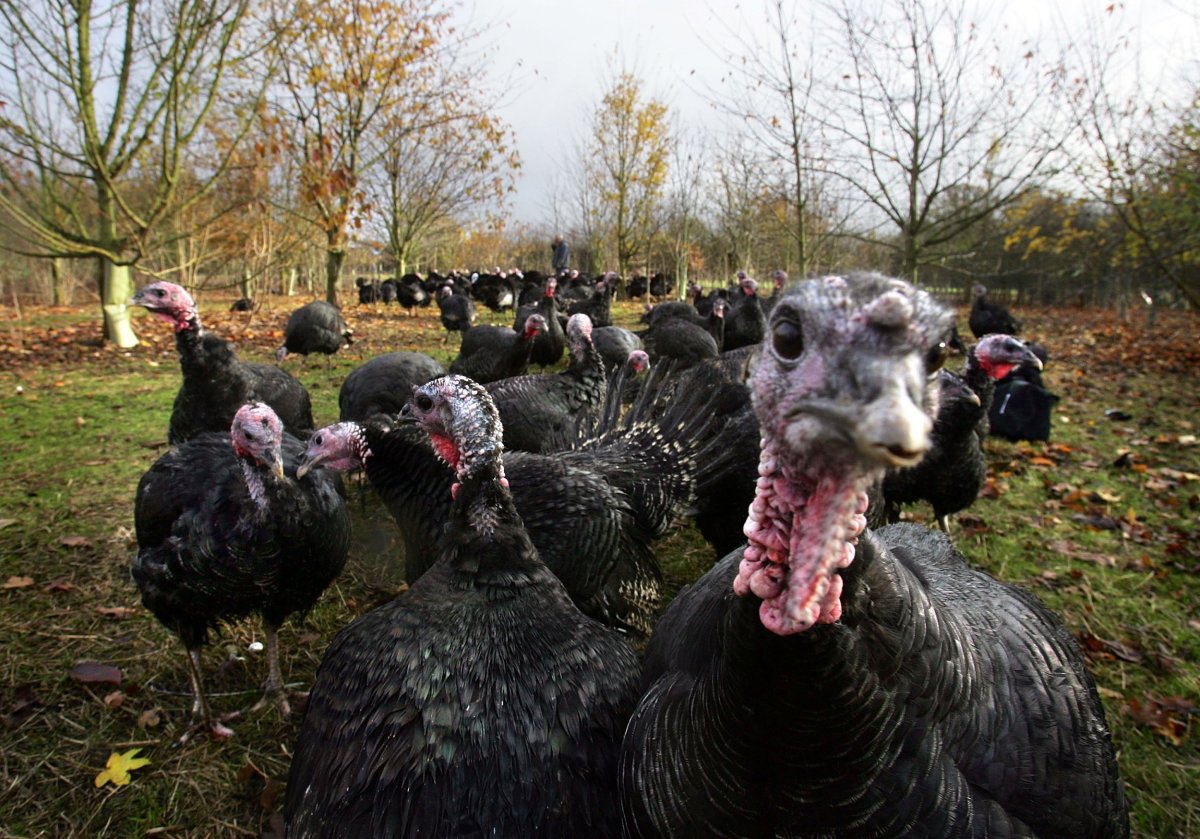
Removing all animals from human food production would present another unintended impact: nutritional deficiencies. Based on White's study, a plants-only diet would lead to deficiencies in calcium, vitamins A and B12, two omega-3 fatty acids, and an omega-6 fatty acid.
The findings complicate the answers to how to eat sustainably while meeting nutritional needs—especially with an exploding population. The U.N. predicts the population will surge from 7.6 billion to 8.6 billion by 2030, 9.8 billion by 2050, and 11.2 billion by 2100. In other words, in the next 83 years, another 3.6 billion more people will need food.
"This is the question of our time actually," Mitloehner said.
White's study challenges the notion that decreasing animal consumption could reduce greenhouse gas emissions and meet nutritional needs. But on an individual basis, people can ensure they get the nutrition they need on a meat-free diet, Mary Beth Hall, co-author of the study and dairy scientist at the U.S. Department of Agriculture-Agricultural Research Service, told Newsweek.
"Absolutely for individual people on a vegetarian, a vegan, an omnivore diet, you can probably carefully craft a diet that can meet your nutritional needs," Hall said. "The challenge we've got—and the basis of our study—is when you try to convert that into an entire nation, you run into some challenges based on what foods we can actually grow."
Uncommon Knowledge
Newsweek is committed to challenging conventional wisdom and finding connections in the search for common ground.
Newsweek is committed to challenging conventional wisdom and finding connections in the search for common ground.
About the writer
Sydney Pereira is a science writer, focusing on the environment and climate. You can reach her at s.pereira@newsweekgroup.com.
To read how Newsweek uses AI as a newsroom tool, Click here.




